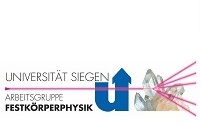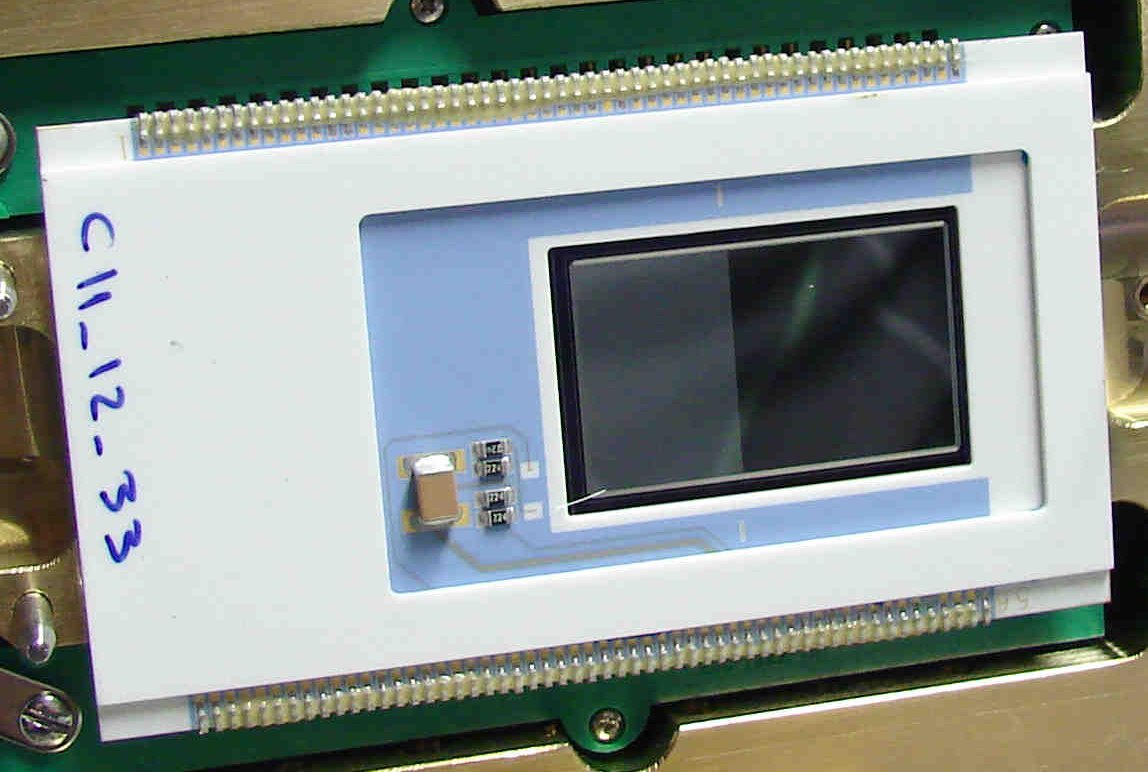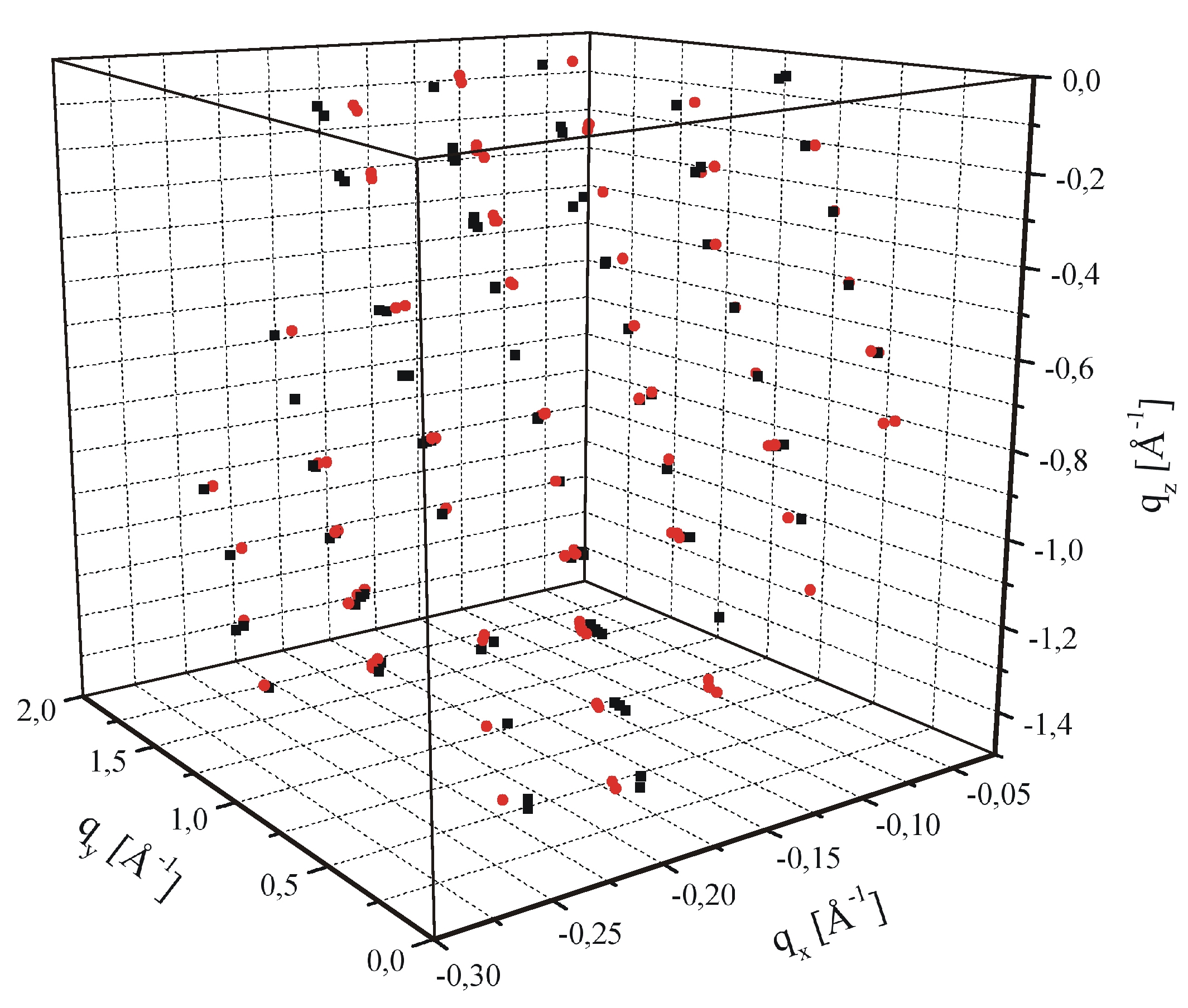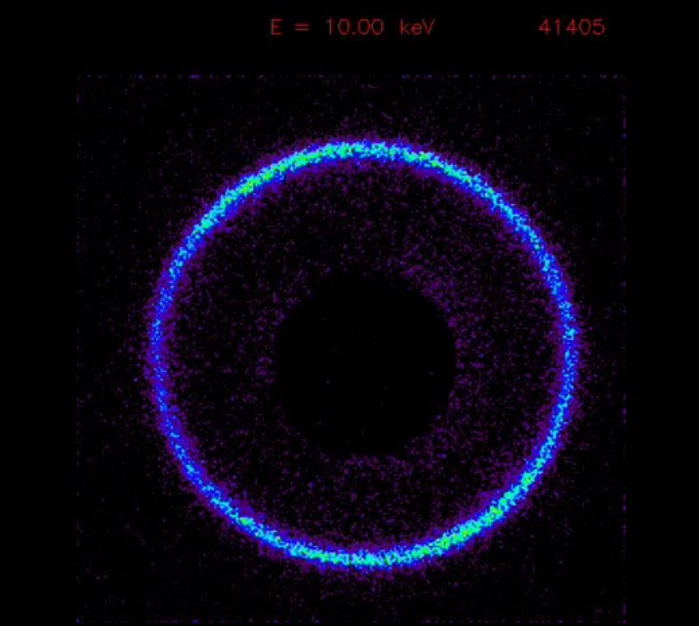Detectors
DetectorsHighly brilliant X-ray beams generated by synchrotrons and free electron lasers allow for high-quality structure analyses of crystalline materials by means of diffraction techniques. However, a variety of experiments is limited due to the insufficient performance of conventional X-ray detectors. A new class of semiconductor radiation detectors is the pn-junction charge coupled device (pnCCD) which, for the first time, provides 4D information about X-ray photons based on simultaneous 2D position, energy and time resolution Reference:
|
| |||
Energy-dispersive Laue diffraction The spectroscopic performance of pnCCDs can be exploited to study the crystalline quality of the sample. Especially in macromolecular crystallography, the structures of new proteins are of interest. Using a pnCCD, the desired structural information is obtained from a single X-ray shot with white synchrotron radiation in an energy-dispersive Laue diffraction experiment. Recently, we could demonstrate that also for polycrystalline materials, a unit-cell determination is possible without a priori information about the sample. Reference:
|
| |||
| S. Send, A. Abboud, W. Leitenberger, M. S. Weiss, R. Hartmann, L. Strüder, U. Pietsch, “Analysis of polycrystallinity in hen egg-white lysozyme using a pnCCD”, J. Appl. Cryst. 45 (2012), 517-522 Journal article | ||||
A 3D measurement of silver behanate using white X-rays and a pnCCD (Movie)
|
|



